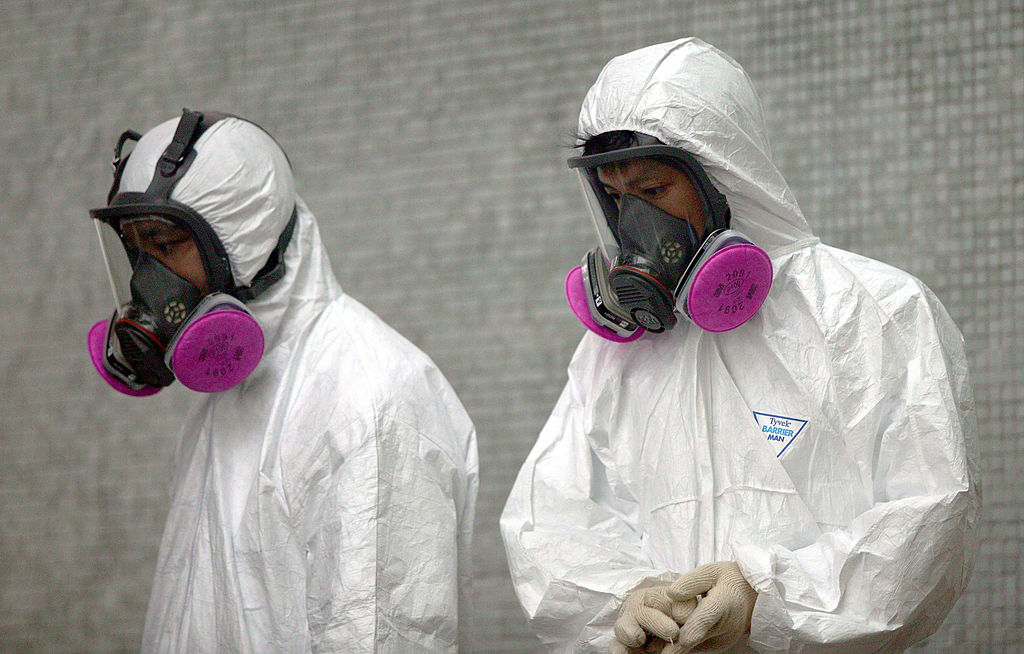- A coronavirus outbreak that originated in Wuhan, China, has killed at least 910 people and infected more than 40,500 since December.
- The virus might have jumped from animals to people at a Chinese wet market where live and dead animals were being sold.
- SARS was also a coronavirus, and that outbreak started in a wet market, too. It killed 774 people and infected 8,098 between November 2002 and July 2003.
- The new coronavirus has killed more people in six weeks than SARS did in eight months.
- The Wuhan coronavirus shares 80% of its genome with SARS, according to recent research.
- Visit Business Insider’s homepage for more stories.
The novel coronavirus that originated in Wuhan, China has killed more people in six weeks than severe acute respiratory syndrome (SARS) did in eight months.
At least 910 people have died from the Wuhan coronavirus, and at least 40,500 have been infected across 26 countries. (For the latest case total, death toll, and travel information, see Business Insider’s live updates here.)
The new virus, which is marked by fevers and pneumonia-like symptoms, conjured a sense of déja vu for some who remember the SARS outbreak that started in November 2002. SARS was also a coronavirus, and it jumped to people from animals in wet markets, which the new coronavirus probably did, too. The two viruses share 80% of their genetic codes.
Experts called SARS “the first pandemic of the 21st century,” since it spread across 29 countries. The virus emerged in Guangdong and infected 8,098 people over the course of eight months, killing 774. Just a month after the first confirmed case of the novel coronavirus, the total global case count surpassed that of SARS.
The Wuhan coronavirus - known as 2019-nCoV - appears to be less deadly than SARs, however. The mortality rate for SARS was 9.6%, whereas the Wuhan coronavirus seems to kill between 1% and 2% of those infected.
"In essence, it's a version of SARS that spreads more easily but causes less damage," Ian Jones, a virologist at the University of Reading in the UK, said in a press release on February 3.
Here are some of the crucial differences between this outbreak and the SARS pandemic 17 years ago.
The first report of the novel coronavirus came on December 31, though some people might have gotten sick earlier that month. Wuhan is a city of 11 million people in the central province of Hubei, China.

SARS originated in the Guangdong province in southeastern China, near Hong Kong.
Patients with the SARS coronavirus experienced fevers, headaches, and a type of deadly pneumonia that could cause respiratory failure. But that virus hasn't been seen in humans since July 2003.
The new coronavirus has spread far faster than SARS did.
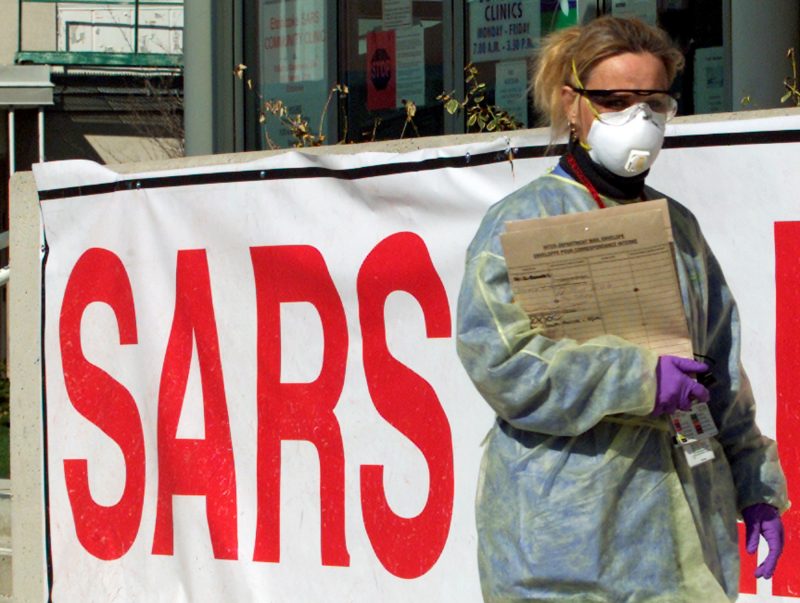
It took eight months for SARS to infect more than 8,000 people. The Wuhan coronavirus infected over 20,000 people in about five weeks.
Ma Xiaowei, minister of China's National Health Commission, said the coronavirus' incubation period ranges from one to 14 days, the South China Morning Post reported.
A new study from China's National Health Commission, which has yet to be peer-reviewed, suggests the new virus' incubation period could be as long as 24 days. The illness may jump between people before patients show symptoms.
SARS' average incubation period, by comparison, was seven days.
The new coronavirus' fatality rate has not yet been determined with accuracy, but it seems to be between 1% and 2% so far. The SARS fatality rate was 9.6%.
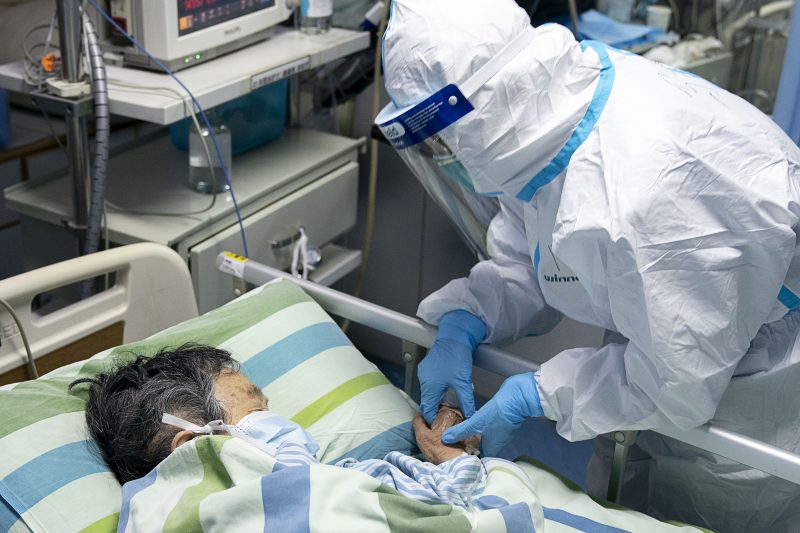
According to the study from Chinese National Health Commission, which looked at 1,099 coronavirus cases, the case fatality rate is 1.4%. A February 10 report from the World Health Organization (WHO) suggests that this rate could be even lower: about 1%.
Recent research published in The Lancet, however, found that the fatality rate among a group of 99 coronavirus patients studied was about 11%.
One month into SARS outbreak, only five people had died. The new coronavirus had killed at least 213 people by the one-month mark. On February 8, the death toll from 2019-nCoV surpassed that of SARS.
Researchers have found similarities between lung scans of SARS patients and those with the new coronavirus.

In a study released last week, a group of researchers at Lanzhou University analyzed two CT scans of a 33-year-old coronavirus patient's lungs.
Paras Lakhani, a radiologist at Thomas Jefferson University who was not involved in the study but examined the images, previously told Business Insider that the scans had "a lot of similar features," to those of SARS patients' lungs.
"If you zoom in on the image, it kind of looks like faint glass that has been ground up," he said. "What it represents is fluid in the lung spaces."
The study authors noticed that those ground-glass patches extend to the edges of the patient's lungs.
"That's something we don't often see," Lakhani said. "We saw that with severe acute respiratory syndrome (SARS) and we saw that with Middle East respiratory syndrome (MERS)." MERS is another type of coronavirus found in people.
A study found that the genetic sequence of the new coronavirus is 79.5% similar to that of SARS.

Six of the seven samples analyzed in that study, which was published in the journal Nature, came from patients who worked at the Huanan Seafood Wholesale Market in Wuhan. That's where some experts think the coronavirus outbreak started in December.
The research, led by scientists at the Wuhan Institute of Virology, showed that both SARS and the new coronavirus belong to a particular virus lineage called betacoronaviruses.
According to the World Health Organization (WHO), 50% of people impacted by SARS were age 65 or older, while the other half of infected patients varied widely in age.

One study of 17 patients who died from Wuhan coronavirus complications reported that the median age of those who had died was around 75. Many of those individuals had other health issues like high blood pressure, diabetes, and Parkinson's disease.
The average age of the 99 infected patients involved in The Lancet study was 55.5. The Chinese National Health Commission study of 1,099 infected people found their average age to be 47.
One notable and young victim, however, was a, 36-year-old doctor who worked in the Wuhan Central Hospital.
According to a study by Chinese researchers in Hong Kong, one person with the new coronavirus can pass it to three to five others — a statistic called the virus' R0 value.

That study has not yet been peer-reviewed, however. World Health Organization researchers estimate that the coronavirus' R0 value is lower: between 1.4 and 2.5 people.
On January 30, the WHO declared the coronavirus outbreak a public-health emergency of international concern.
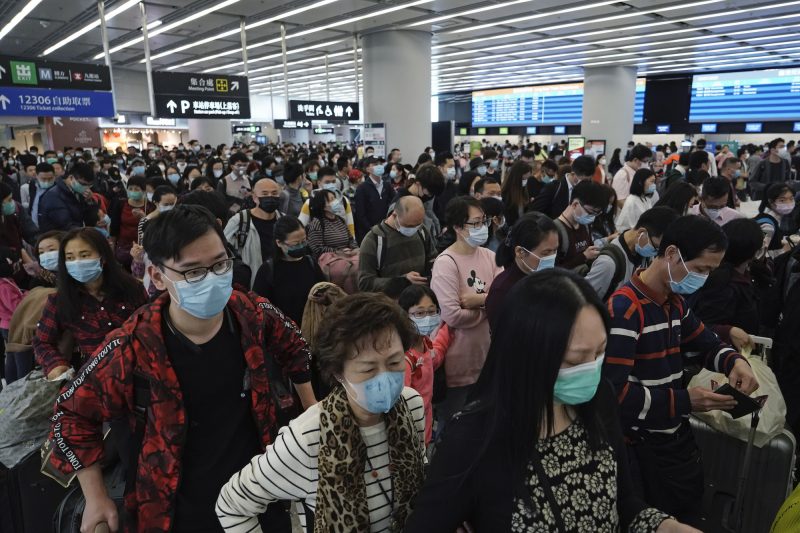
SARS did not get this designation because the WHO has only used it since 2005. Since then, it has been used five other times.
The Wuhan coronavirus, unlike SARS, isn't considered a pandemic yet.
One reason SARS spread to so many places around the world is that Chinese authorities initially attempted to hide the outbreak from the WHO.

The Chinese government didn't inform the WHO about SARS until February 14, 2003 - 88 days after the first reported case. According to The Sydney Morning Herald, doctors in Beijing were ordered by authorities to hide SARS patients from WHO officials during inspections.
During the initial stages of that outbreak, the Chinese government also concealed information from the public, which exacerbated the spread of disease.
Liu Heng, an adviser to China's cabinet, told Reuters that this time around, China announced the outbreak to the public much more immediately.
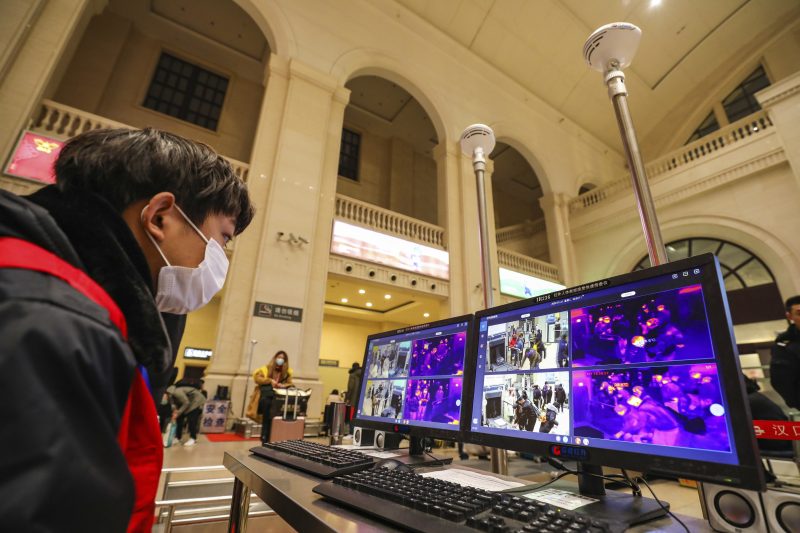
"We are doing much better now ... We are paying greater attention to preventing the epidemic," he said on January 22.
Still, the doctor who died in China had previously been censored after trying to sound an early alarm to some of his fellow medical-school alumni.
Chinese public-health experts quickly shared the new coronavirus' genetic information with researchers around the globe. By contrast, it took four months for the SARS genome to be published.

"The speed with which this virus has been identified is a testament to changes in public health in China since SARS and strong global coordination through the WHO," Jeremy Farrar, an infectious-diseases specialist who studied SARS, told Reuters.
Based on that genetic information, researchers have determined that SARS and the new coronavirus dock to the same human cell receptor, called ACE2, deep in people's lungs.
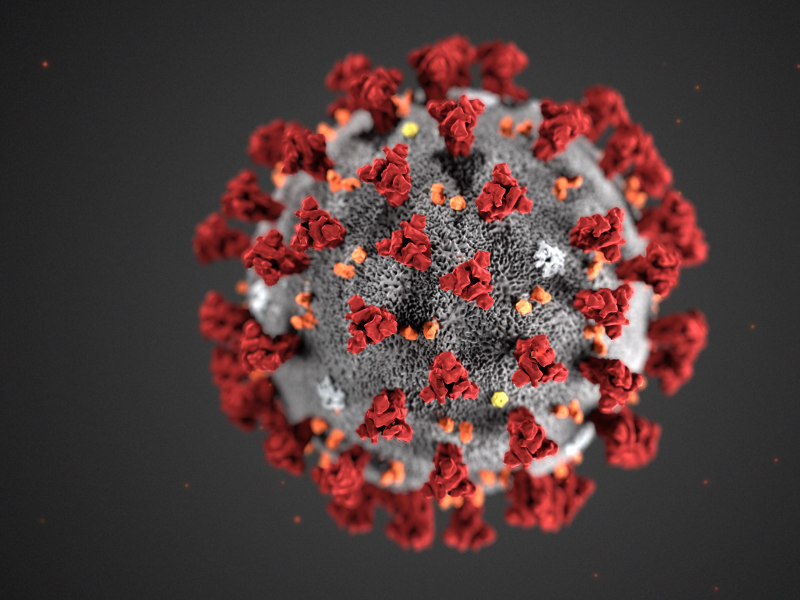
That may explain patients' pneumonia-like symptoms.
Not all coronaviruses have the same shape - only betacoronaviruses make the jump to humans and nest in our respiratory tracts.
In general, a coronavirus' circular shell is peppered with spike-shaped proteins that help it attach to a host's cell. If the spikes don't fit receptors on a potential host's cells, the virus can't spill over. But when a coronavirus mutates, the shape of these proteins gets altered, and that sometimes allows the virus to dock in a new host.
Genetic studies also help experts pinpoint which animal passed the coronavirus to people. This new virus is nearly identical to other coronaviruses circulating in Chinese bat populations — 96% of the genetic codes match.
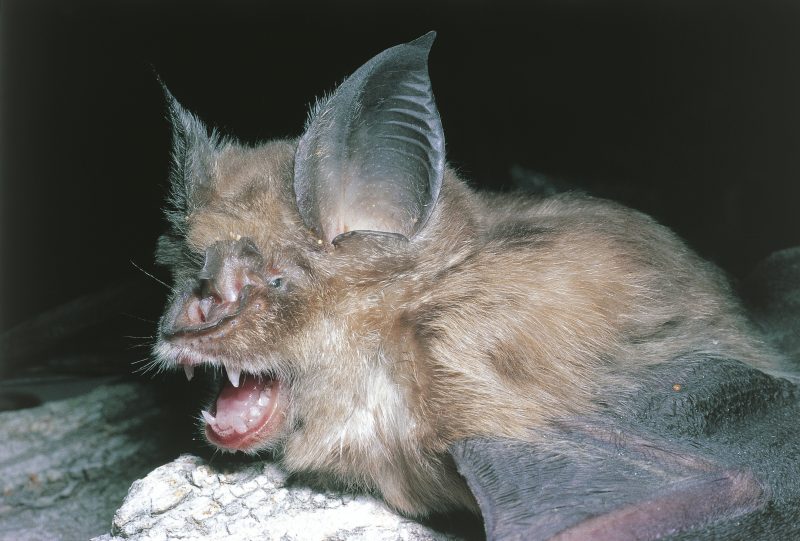
Coronaviruses are zoonotic diseases (meaning they can jump from animals to people).
Bats were the original hosts of SARS, too; the animals can pass diseases to other species via their poop or saliva, and the unwitting intermediaries can transmit those viruses to humans.
"Bats and birds are considered reservoir species for viruses with pandemic potential," Bart Haagmans, a virologist at the Erasmus Medical Center in Rotterdam, Netherlands, told Business Insider.
SARS jumped from bats to weasel-like mammals called masked palm civets, then to humans. The spillover happened in wet markets in Guangdong, China.
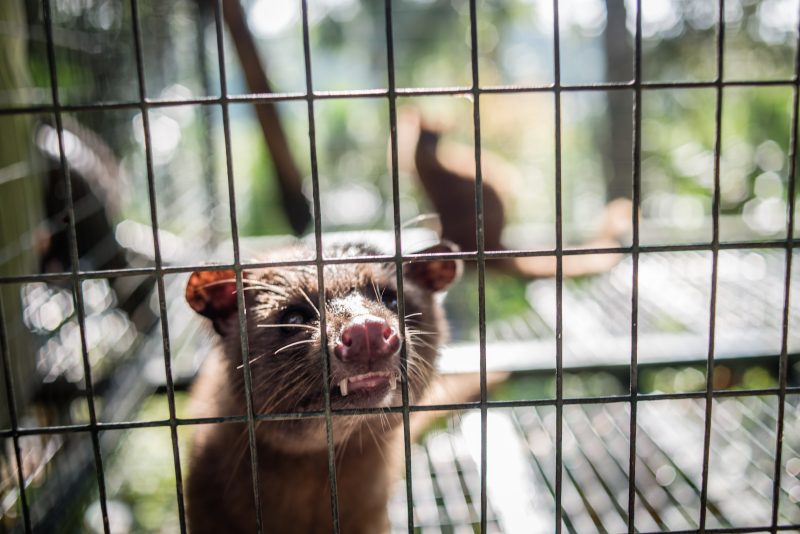
Researchers traced SARS to a population of horseshoe bats in China's Yunnan province. These bats lived in a cave just 1.1 kilometer from the nearest village.
The most likely intermediary species for the new coronavirus are bats, pigs, civets, or pangolins (not snakes, as some researchers initially suggested). That's because these animals also have the same ACE2 receptors.
Here are five viruses that most likely came from bats and how the outbreaks compare.
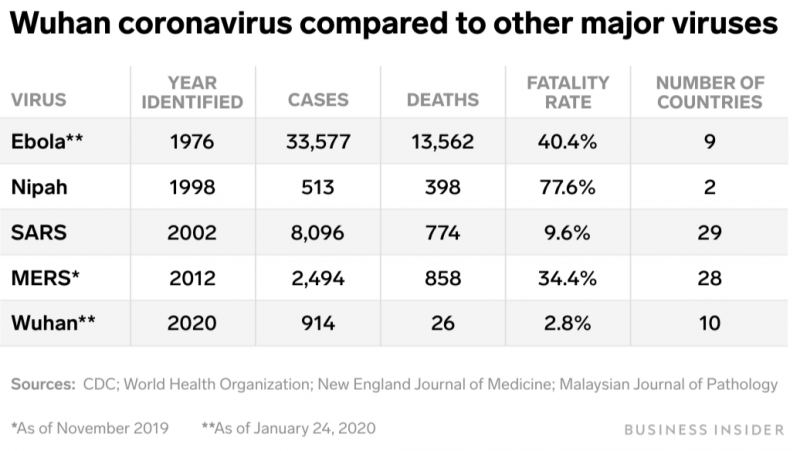
Another difference between the SARS outbreak and the new coronavirus outbreak is that Chinese authorities quickly instituted travel lock-downs this time. During the SARS outbreak, it took officials at least four months to institute quarantine measures.

Authorities quarantined Wuhan on January 23, halting all public transportation, including city buses, trains, and ferries. The order prevents any buses or trains from coming into or leaving the city and grounds all planes at the Wuhan airport.
The city of Huanggang also went into lockdown on the same day, as authorities closed subway and train stations. By January 27, 14 additional cities had followed suit with their own travel restrictions.
Tedros Adhanom Ghebreyesus, Director-General of the WHO, said efforts to quarantine cities could help Chinese authorities control the virus' spread.

"What they're doing is a very, very strong measure, and with full commitment," Ghebreyesus said on January 22.
The restrictions affect at least 50 million people in China.
Neither SARS nor the Wuhan coronavirus has a vaccine.

"A vaccine best-case scenario is three-quarters of a year, if not longer," Vincent Munster, a virologist at the Rocky Mountain Laboratories, told Business Insider.
Five leading drug companies - Johnson & Johnson, Regeneron Pharmaceuticals, GlaxoSmithKline, Moderna, and Gilead Sciences - have announced plans to research and develop treatments for the new virus.
Some are developing vaccines from scratch using information about the coronavirus' genetic code. Others are testing existing drugs as treatment options.
Getting a vaccine to market has historically been an arduous, multi-year process (the Ebola vaccine took 20 years to make). But Anthony Fauci, director of the National Institute of Allergy and Infectious Diseases, announced on Friday that the agency is collaborating with Moderna to develop a coronavirus vaccine more quickly.
As long as there aren't any glitches, Fauci said, "we will be in people in a phase-one trial within the next 2.5 months."
There is a benefit to the genetic similarity between SARS and the new coronavirus: Work to develop treatments for the former might be applicable for the latter.
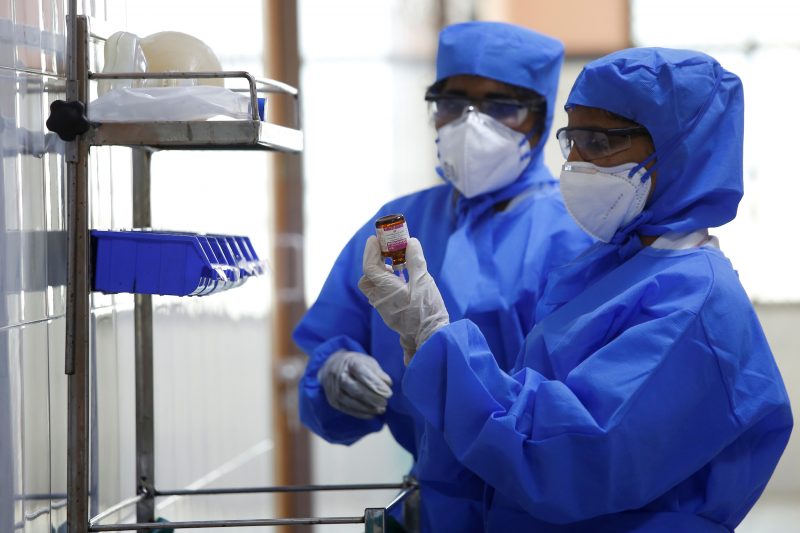
No specific treatment or vaccine has been developed for SARS or this coronavirus, but researchers have been working on some drugs and pre-clinical vaccines for SARS. Because SARS and the new coronavirus bind to human cells in the same way, research that's already been done could provide a head-start.
"Treatments and vaccines developed for SARS should work for the Wuhan virus," Jones said.
Rosie Perper and Aria Bendix contributed reporting to this story.
- Read more about the Wuhan virus:
- Everything we know about the deadly Wuhan virus sweeping across China
- Health experts issued an ominous warning about a coronavirus pandemic 3 months ago. The virus in that simulation could kill 65 million people.
- Wuhan, China, and at least 15 other cities have been quarantined as China attempts to halt the spread of the coronavirus. That's about 50 million people on lockdown.
- The Wuhan coronavirus has spread to at least 26 countries. Here's how to protect yourself while traveling.
- Experts think the Wuhan coronavirus jumped from bats to snakes to people. Bats have been the source of at least 4 pandemics.

